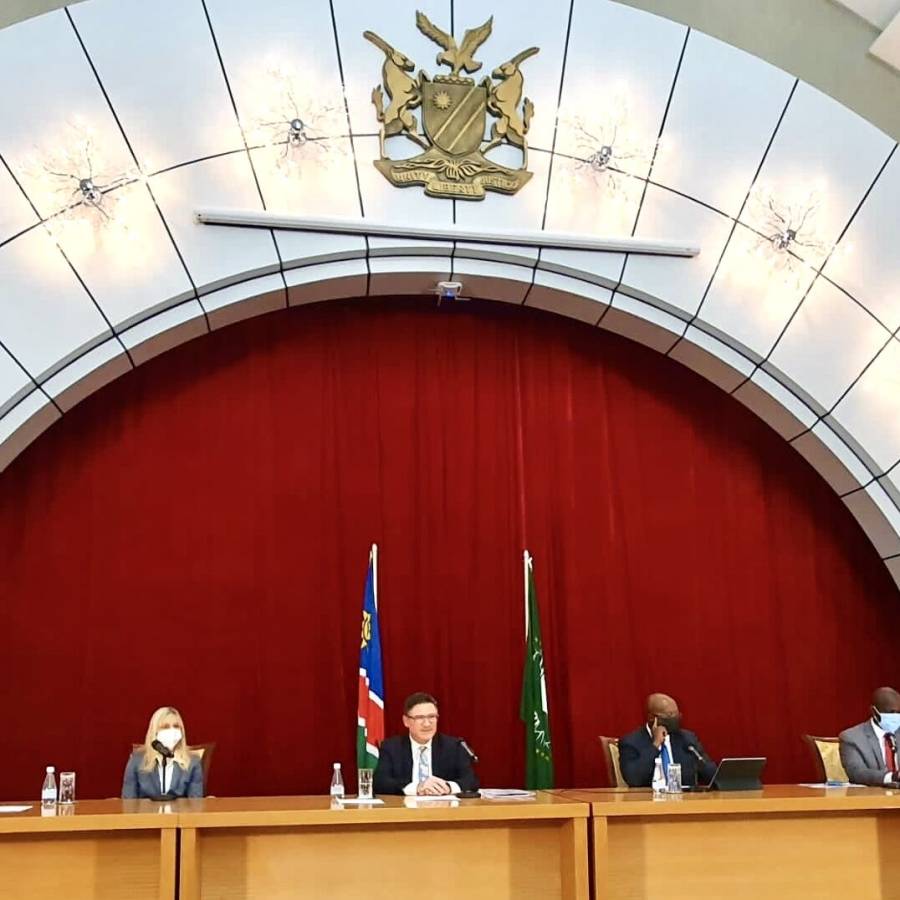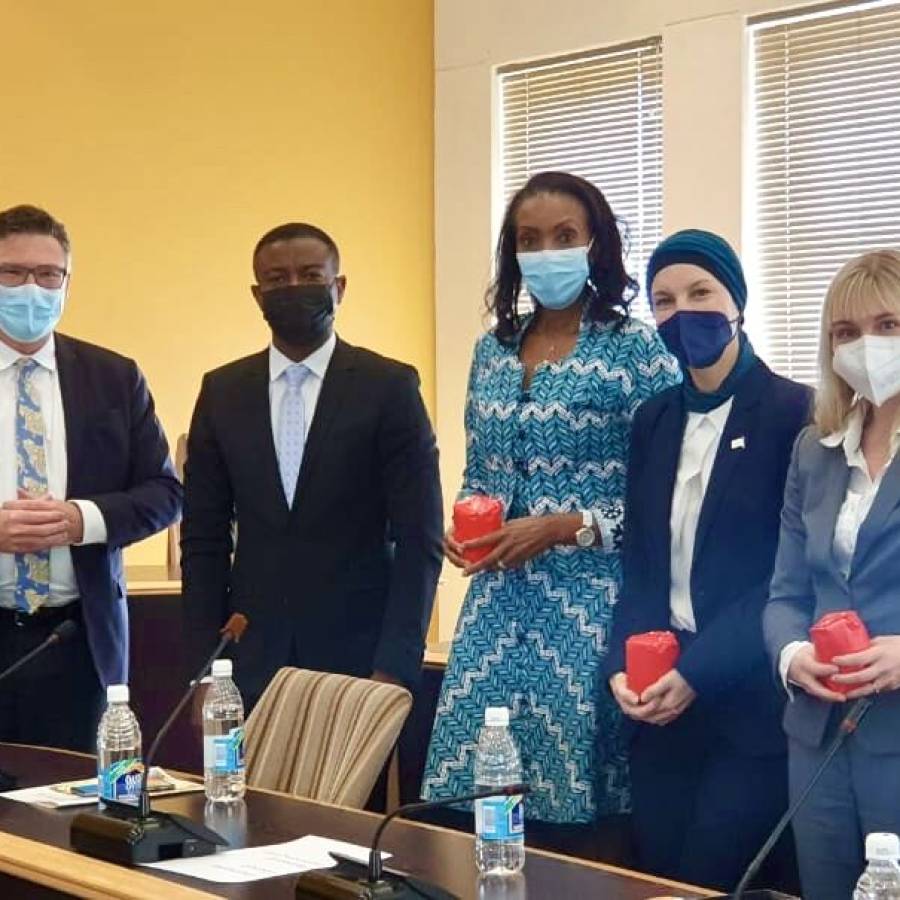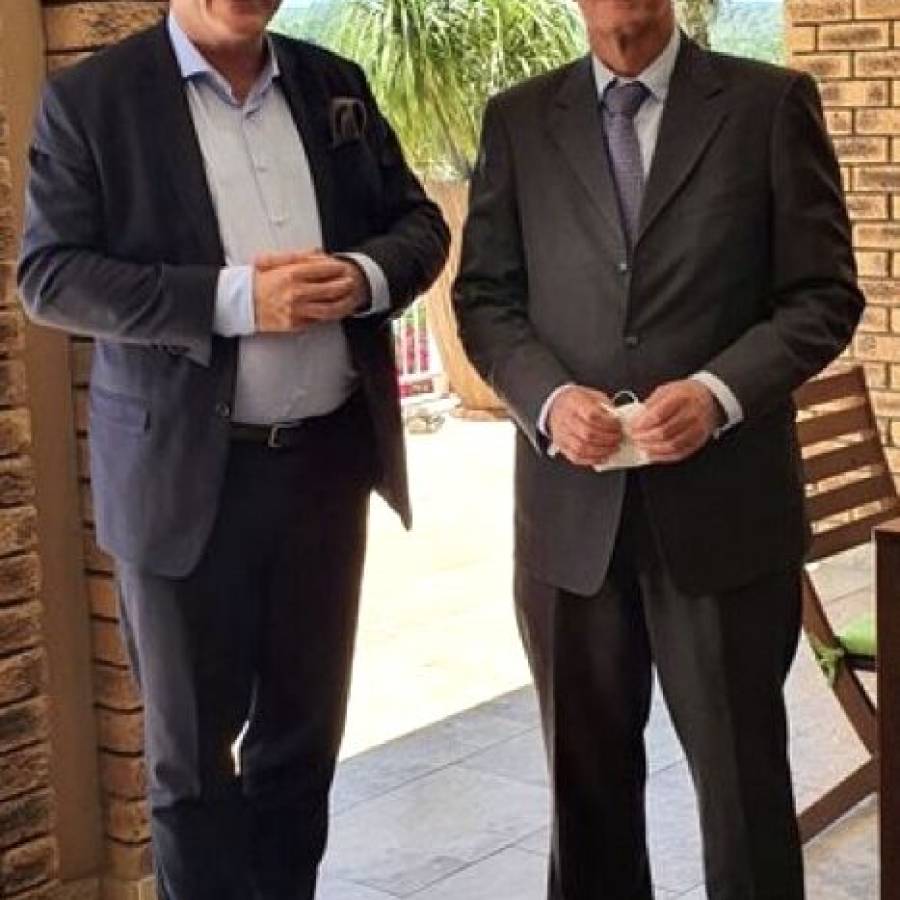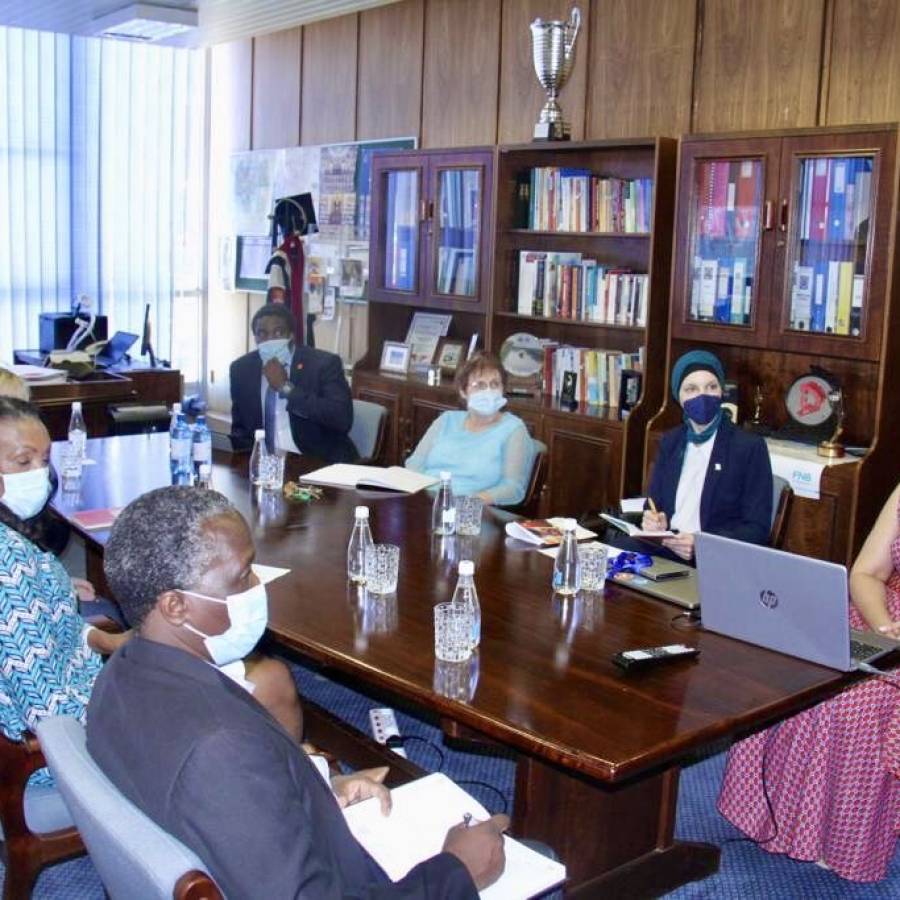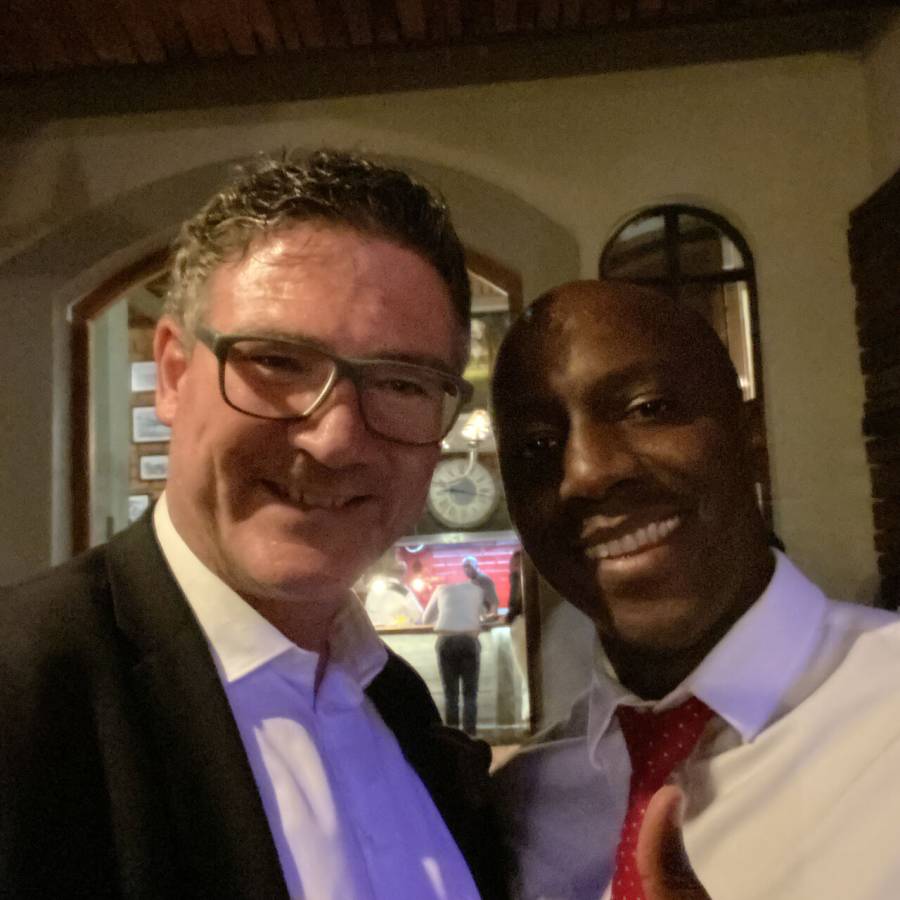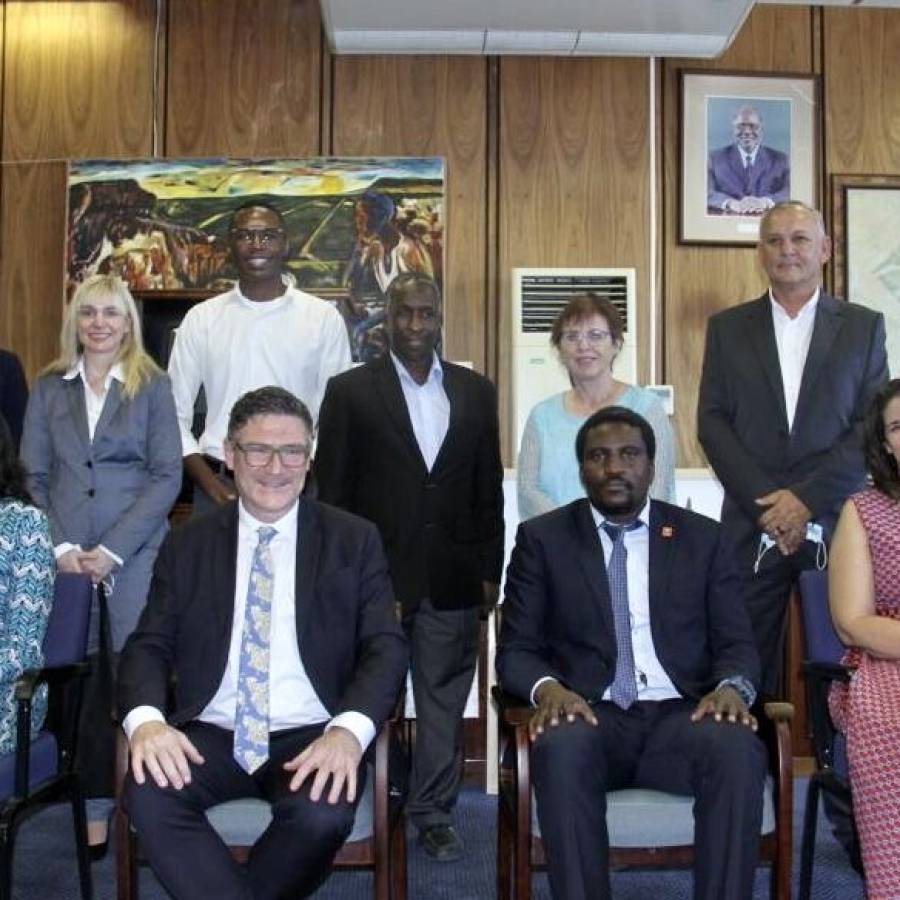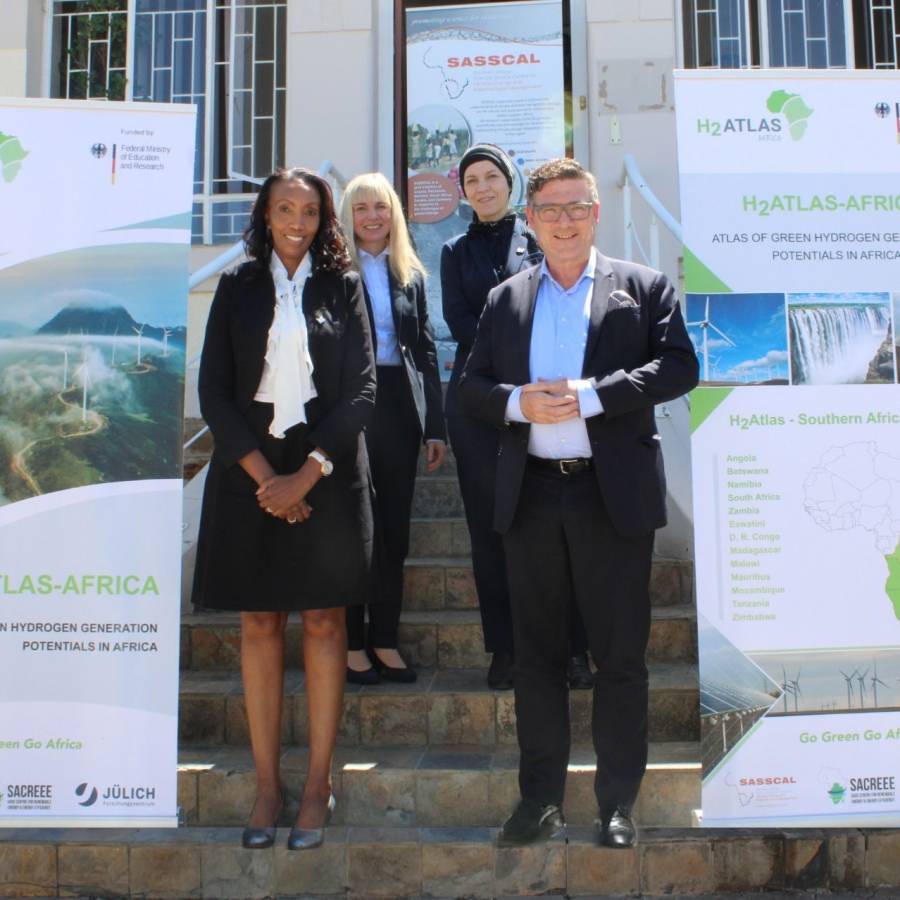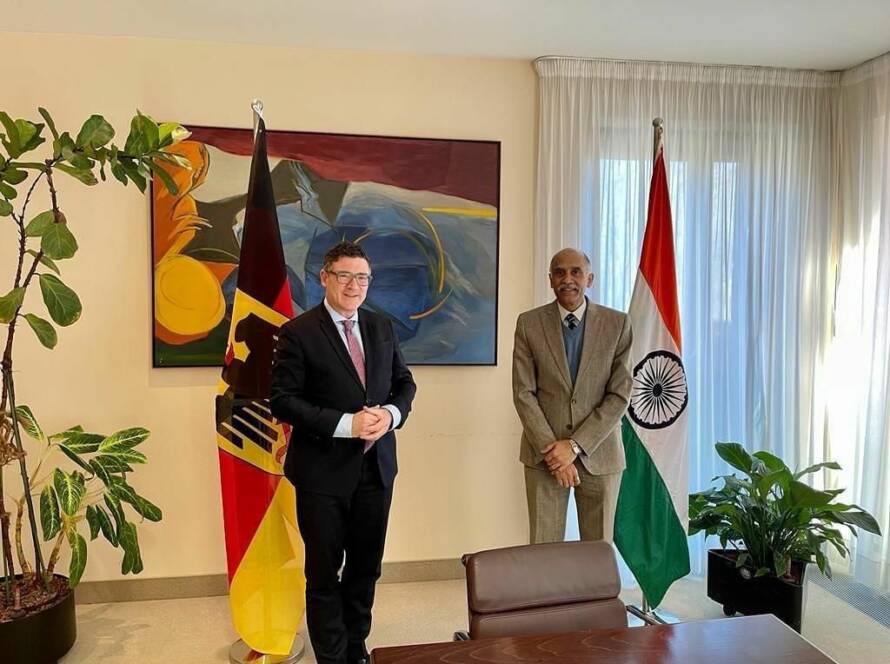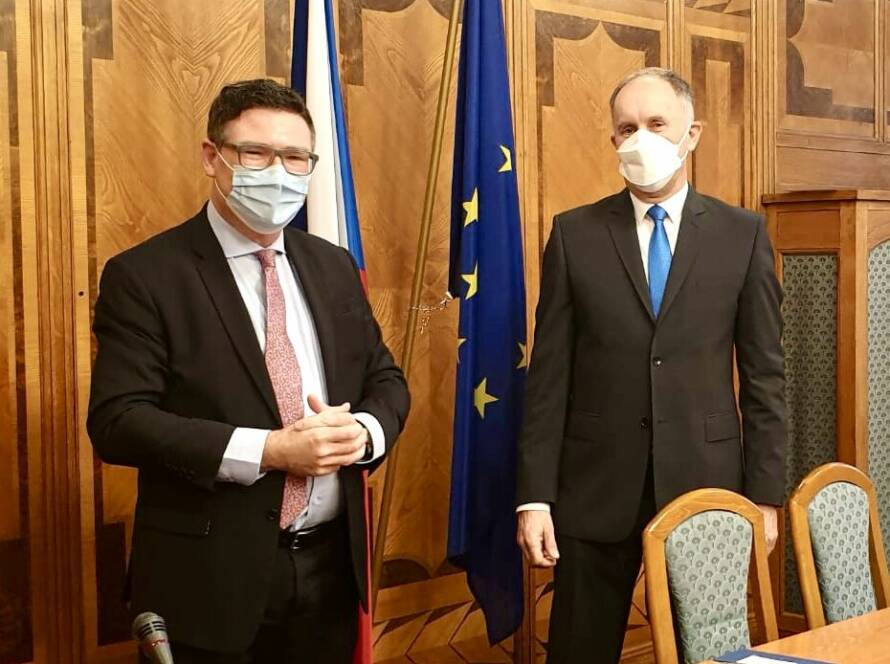The outrageous Russian aggression in Ukraine leaves us stunned – and makes the work on a new energy world map all the more urgent. We need to reduce dependencies on individual fossil energy suppliers even faster. That is why I have travelled to Namibia again to drive forward the implementation of our 🇩🇪-🇳🇦 Hydrogen Agreement concluded in August 2021. The agreement was the result of my first trip to Namibia in November 2020. Now, in a partnership of equals, we have launched investments of up to 40 million euros in Namibia – for pilot projects, feasibility studies and a scholarship programme. The tenders will be published on 11 March. I announced this at a press conference of the Green Hydrogen Council. The strong commitment of the Namibian government, headed by President Geingob, was not only evident in the Hydrogen Council meeting I attended. Discussions with various ministers, the Executive Director Jane Olwoch of SASSCAL – our successful local
implementation partner on the ground -, the vice-presidents of the two major Namibian universities – the University of Namibia and NUST Namibia – as well as other important stakeholders, and a live interview on Namibian breakfast television rounded off the intensive visit. My heartfelt thanks go to the German Ambassador Herbert Beck and especially to my Namibian counterpart, the Namibian Hydrogen Commissioner James Mnyupe, who with great commitment has made Namibia a first mover, thus putting Namibia in a promising position. In the meantime, numerous countries are looking to cooperate with Namibia, which is characterised by its abundance of wind and sun, a deep-sea port in Walfish Bay and stable political conditions. From a difficult common past, we are now shaping a common sustainable future, thus making Africa a continent of opportunities – and Namibia an important global energy supplier with the support of German technology and the German government.
